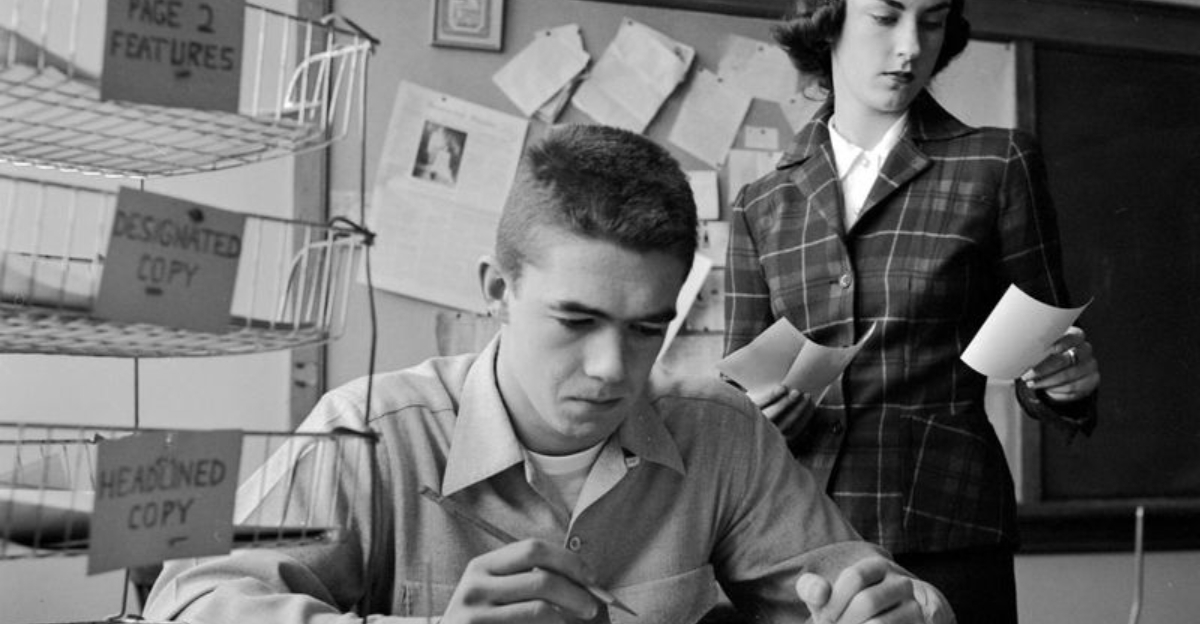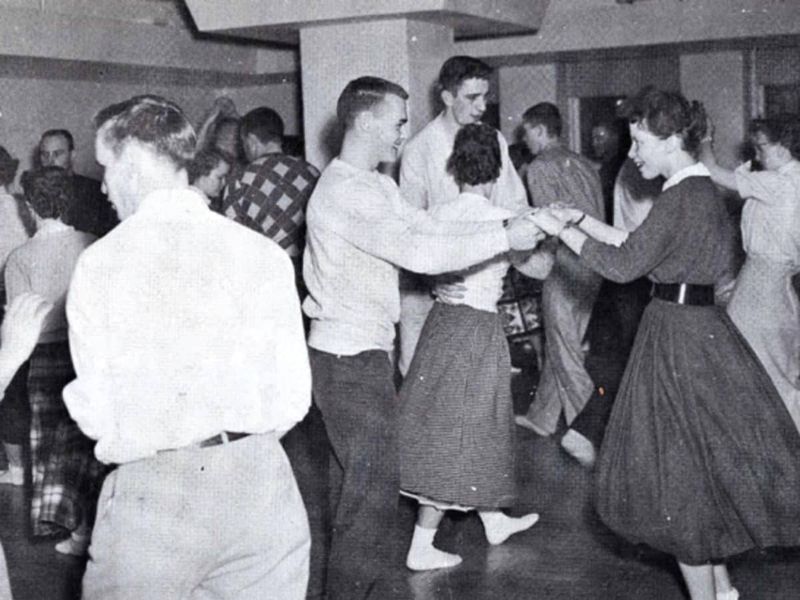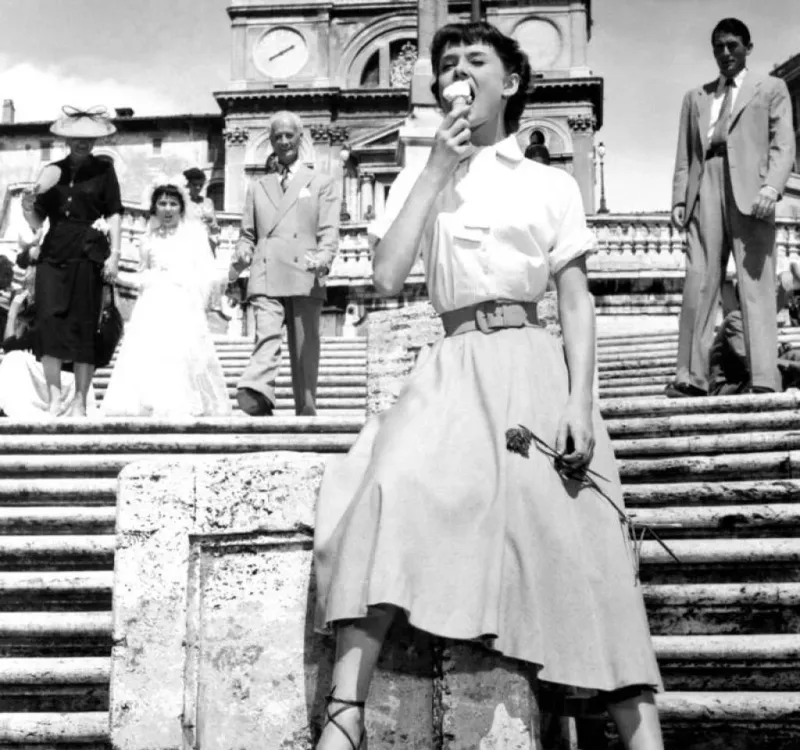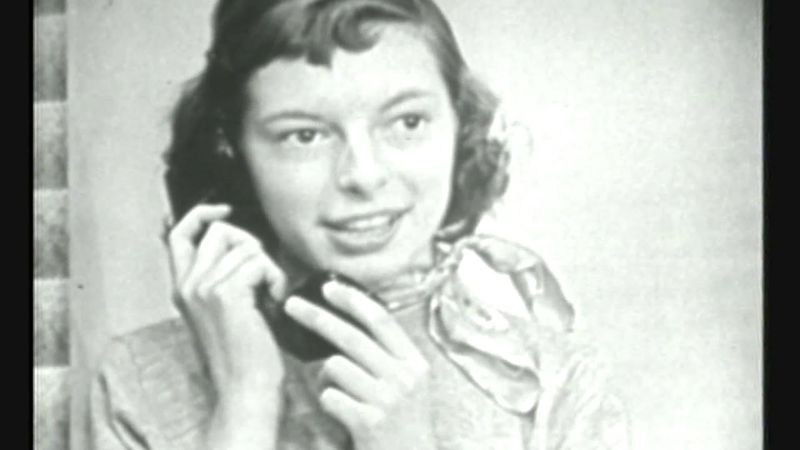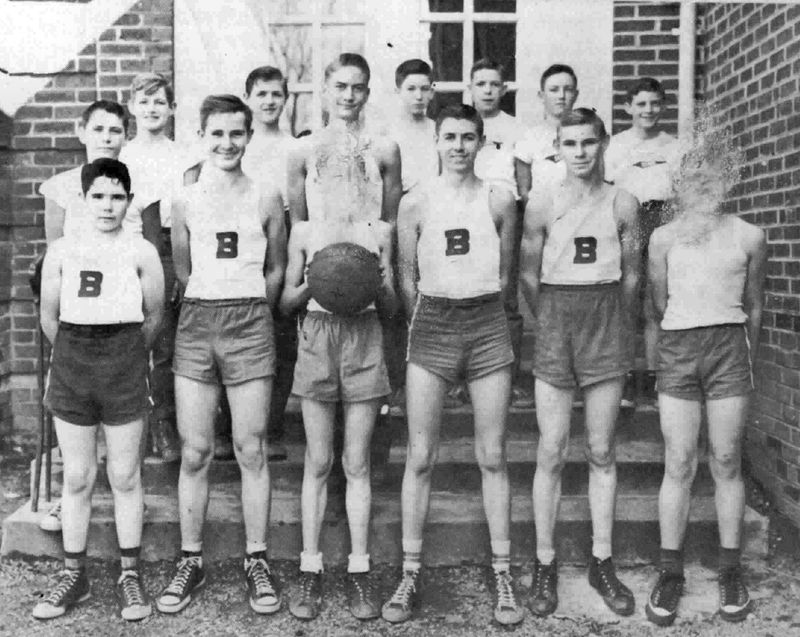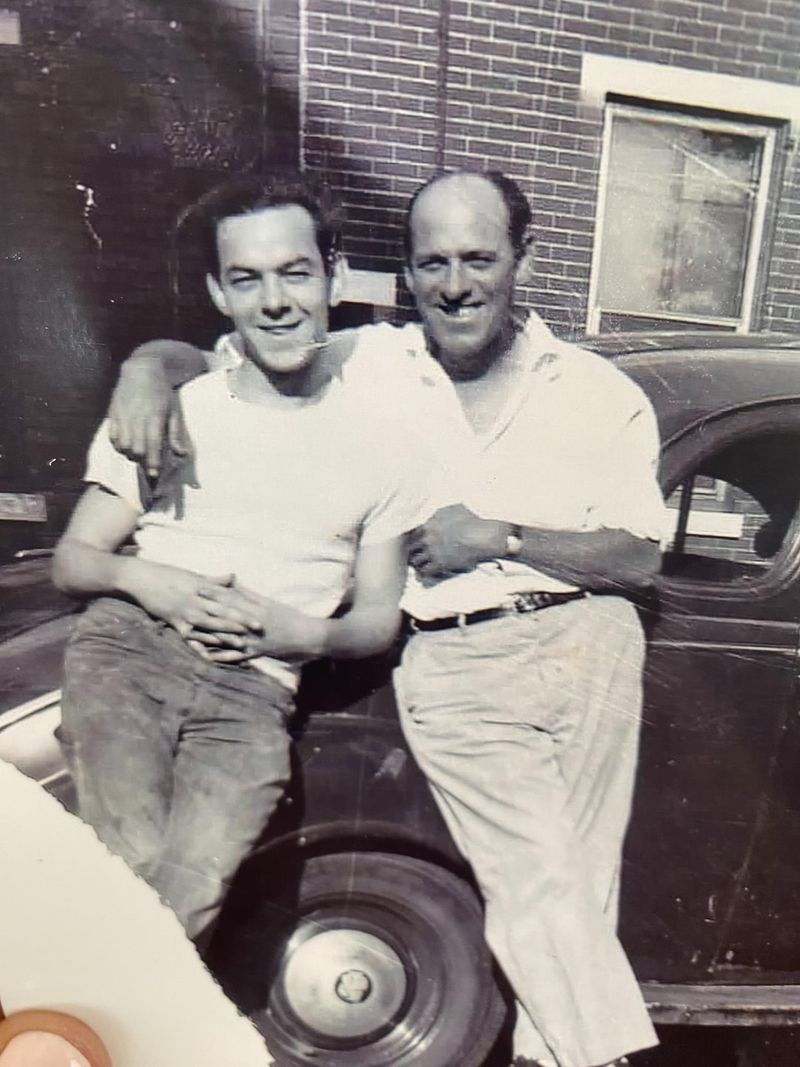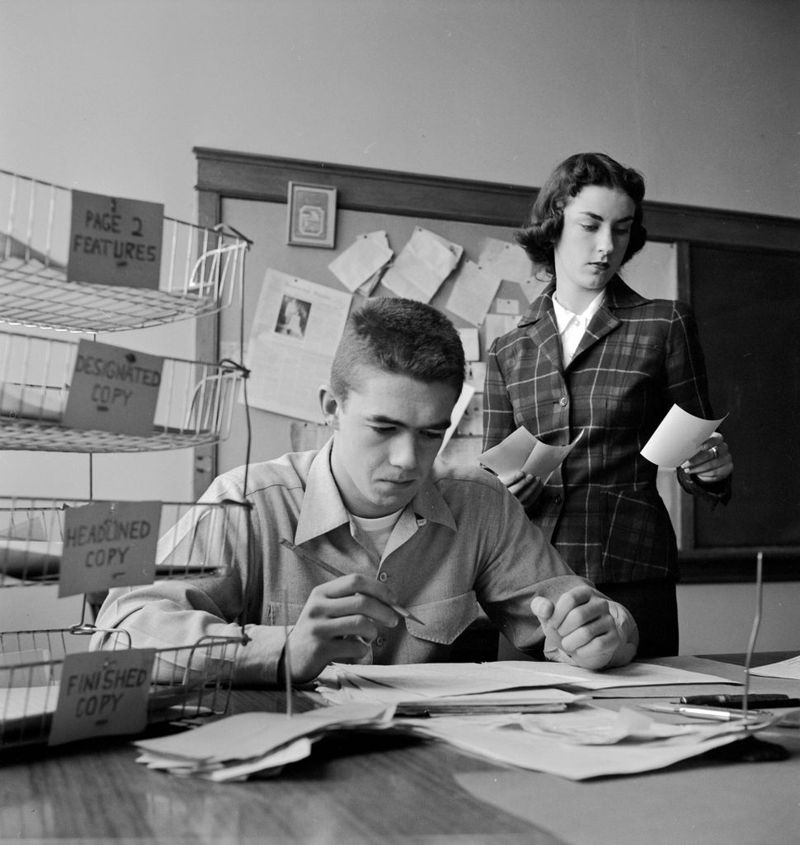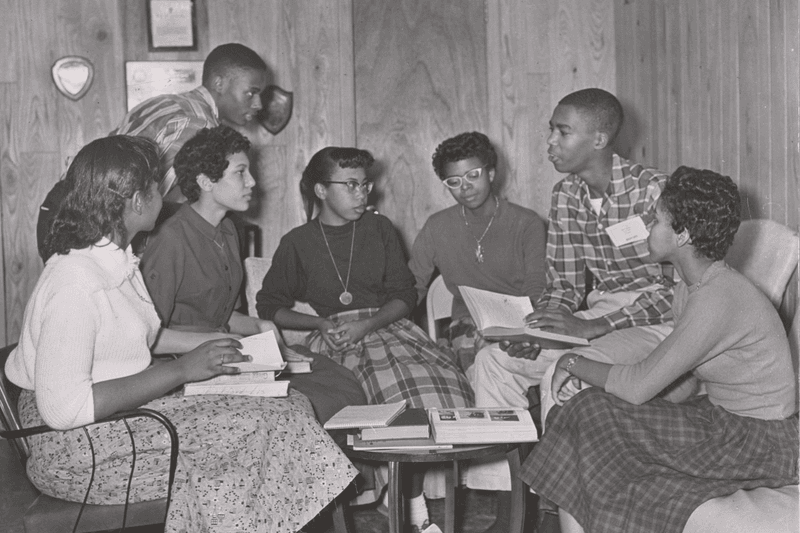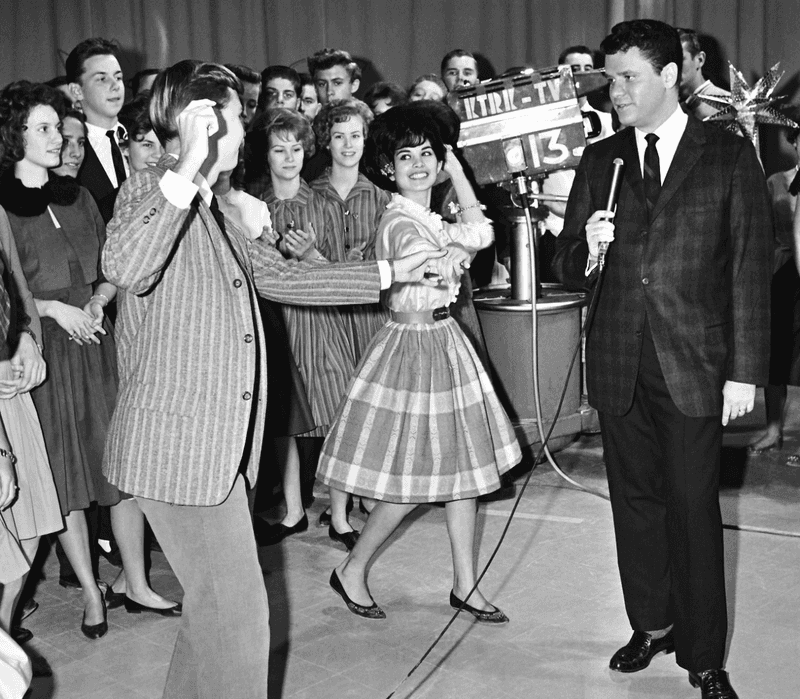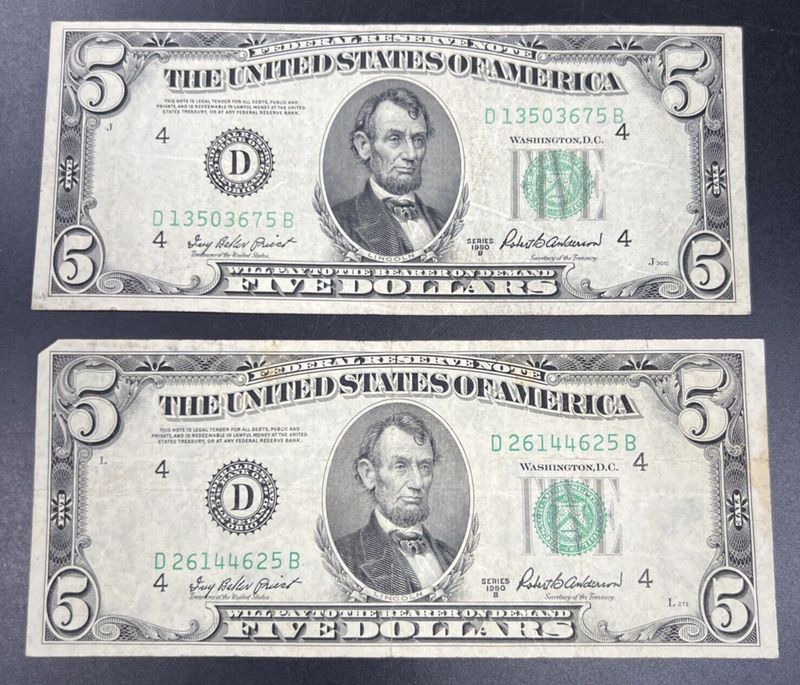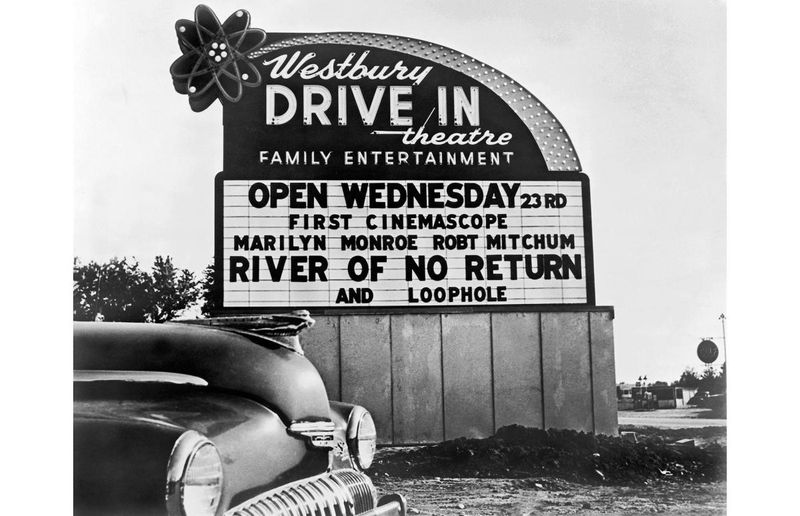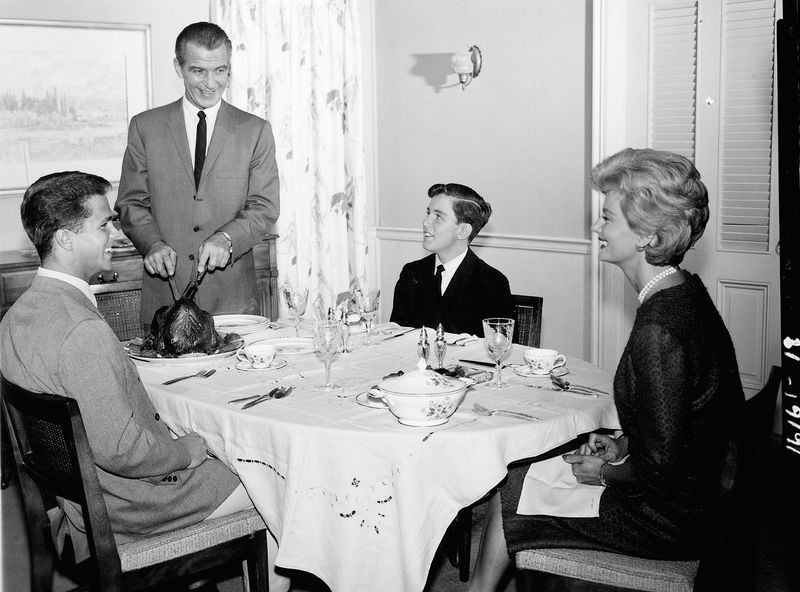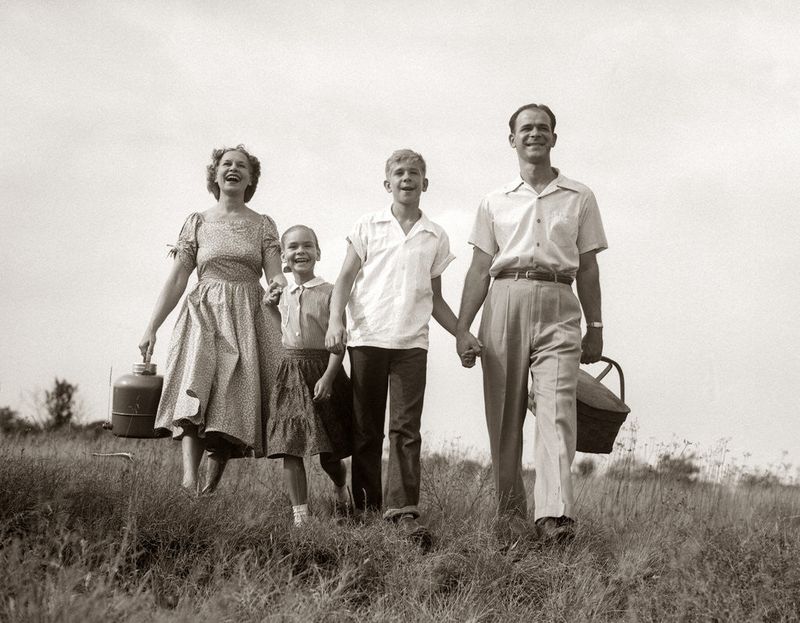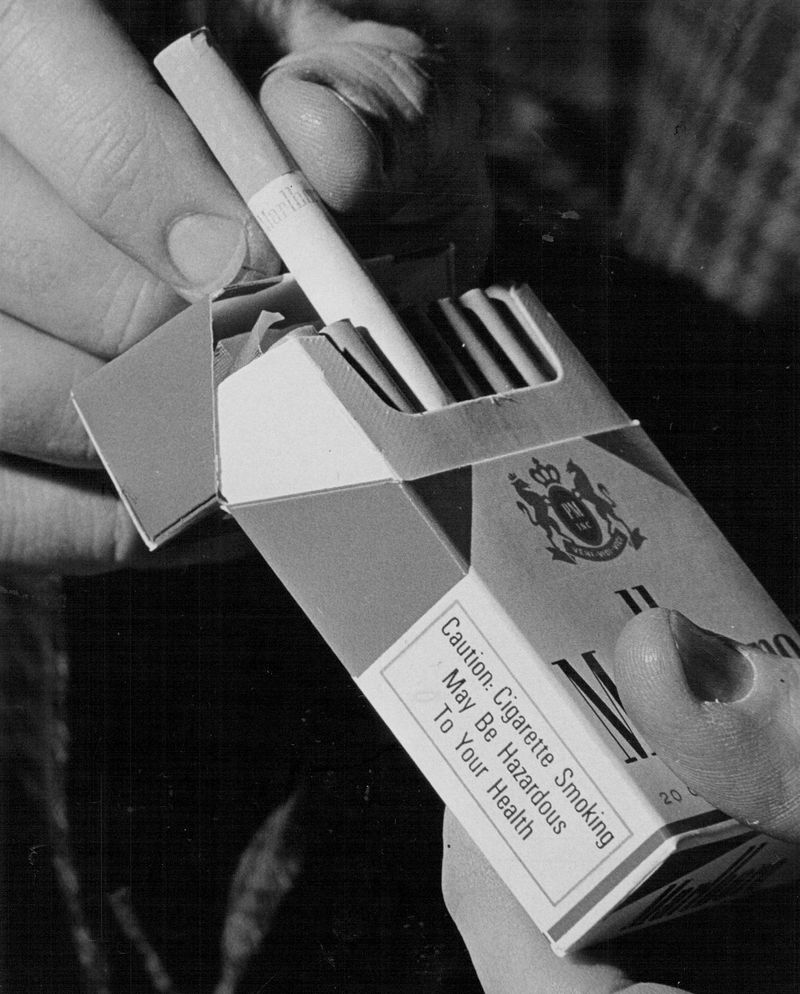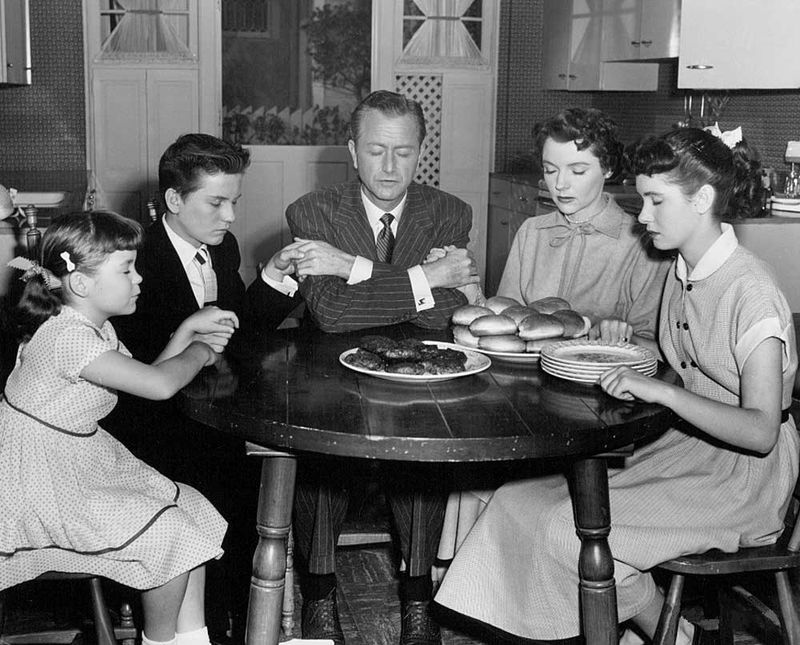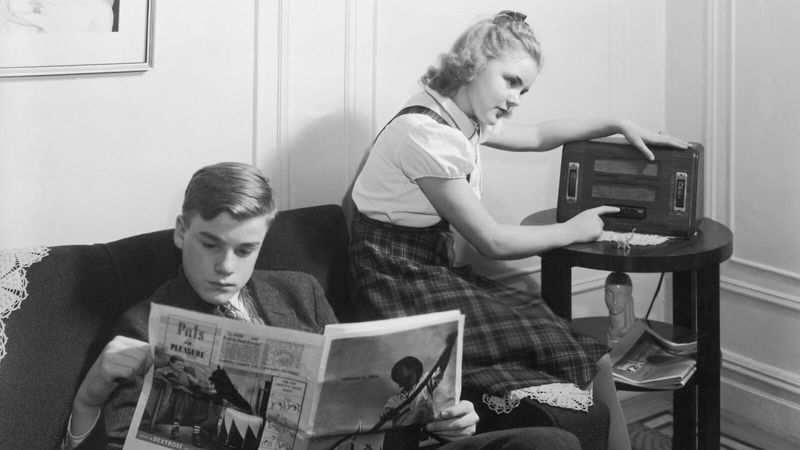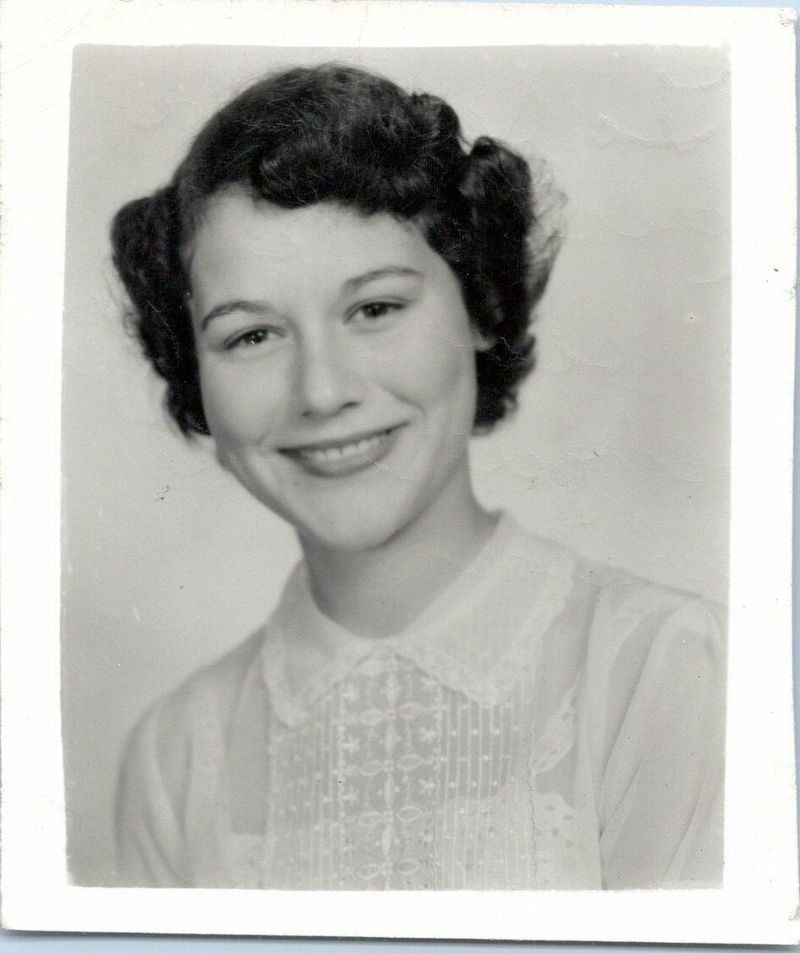The 1950s were a time of strict societal norms and expectations, especially for teenagers. This era was marked by an unwavering adherence to rules that today seem downright outrageous.
From clothing to communication, these rules governed almost every aspect of a teenager’s life. Understanding these rules not only provides insight into the cultural fabric of the 1950s but also highlights how dramatically societal norms have shifted.
Here’s a glimpse into the top 20 outrageous rules that teenagers were expected to follow during this time.
1. No Jeans Allowed
In the 1950s, the idea of teenagers wearing jeans was frowned upon by parents and schools alike. Jeans were associated with rebellion and a lack of discipline, symbols of a delinquent youth culture.
Teenagers were expected to wear slacks or dresses to maintain a proper and respectable appearance. Jeans were reserved for work or leisure activities far removed from the public eye.
This rule often led to creative ways for teens to express their individuality, opting for colorful socks or unique hairstyles instead. The restriction on denim was a clear reflection of the era’s conservative fashion norms.
2. Curfew at 10 PM
A strict 10 PM curfew was the norm for teenagers in the 1950s, set by both parents and local authorities. This rule was intended to keep teens out of trouble and ensure they were home at a reasonable hour.
The curfew emphasized the importance of safety and family values during a time when community standards were highly regarded.
Many teens would hurry their outdoor social activities or arrange for sleepovers to extend their curfew in a more acceptable manner. Being caught out past curfew often led to severe consequences, reinforcing the seriousness of this rule.
3. No Dating Until 16
Dating was a serious affair in the 1950s, with many parents enforcing a strict rule of no dating until the age of 16.
This restriction aimed to protect teenagers from early romantic entanglements and maintain their focus on academics and personal development.
Teenagers often found creative ways to navigate this rule, such as group outings or double dates that appeared less formal.
The no dating rule was deeply rooted in the desire to uphold traditional family values, emphasizing the importance of marriage and long-term commitments over fleeting youthful romances.
4. Formal Dress Codes
High schools in the 1950s had stringent dress codes requiring students to wear formal attire to classes. Boys were expected to wear ties and jackets, while girls donned skirts and blouses.
This rule aimed to instill discipline and a sense of formality within the educational environment.
The dress code was a reflection of the era’s societal norms, where appearance was closely linked to one’s character and future prospects.
Students often faced detention or other penalties for failing to adhere to these rules, underscoring the importance placed on maintaining a polished appearance.
5. Limited Phone Use
In the 1950s, phone use by teenagers was strictly monitored and limited by parents. Calls were typically restricted to essential conversations, with a strong emphasis on keeping them short to avoid tying up the family line.
This rule reflected the era’s focus on frugality and resource management.
The telephone, often a shared family device, was considered a luxury, and extended use was viewed as indulgent. Teens had to develop efficient communication skills, learning to get their points across quickly.
This restriction also fostered face-to-face interactions, which were deemed more meaningful.
6. Mandatory Chaperones
The presence of a chaperone was mandatory for most teenage outings in the 1950s. Parents insisted on having an adult accompany groups of teenagers to ensure proper behavior and adherence to social norms.
This rule was grounded in the desire to protect teens and maintain a good reputation.
While the chaperone often acted as a deterrent to mischievous behavior, it also provided parents with peace of mind.
Teens had to navigate social interactions with an extra level of supervision, which sometimes led to creative attempts at gaining more privacy during outings.
7. Gender-Specific Activities
Teenagers in the 1950s were often funneled into gender-specific activities, with boys encouraged to engage in sports and girls steered towards domestic skills. This rule was a reflection of the societal expectations of the time, where gender roles were rigidly defined.
Boys were seen as future breadwinners, while girls were groomed for homemaking roles. This separation of activities reinforced traditional gender norms, limiting opportunities for teenagers to explore interests outside these confines.
Despite these restrictions, some teens managed to pursue passions that defied these roles, paving the way for future change.
8. No Solo Car Rides
The 1950s saw strict regulations on teenage driving, including a rule prohibiting solo car rides. This was meant to ensure safety and prevent reckless behavior on the roads. Teenagers were typically required to have an adult or a peer passenger present.
The rule was a reflection of concerns over driving inexperience and the potential for distractions.
While some teens felt this curtailed their freedom, others saw it as an opportunity to socialize and enjoy driving in a cooperative manner. This rule underscored the era’s cautious approach to automotive independence.
9. Church Attendance Required
Regular church attendance was a non-negotiable rule for many teenagers in the 1950s. Families were deeply rooted in religious traditions, and attending services was seen as a vital part of moral and spiritual development.
Church gatherings also served as social events, allowing teens to interact with peers in a structured environment. While some saw this as an obligation, others embraced the sense of community it provided.
This rule was a reflection of the era’s emphasis on faith and communal values, often shaping the social calendar for teenagers.
10. Strict College Preparations
The path to college was serious business in the 1950s, with strict preparations starting early in a teenager’s life. Parents and schools placed a heavy emphasis on academic performance and extracurricular involvement, shaping future college prospects.
This rule was driven by the belief that higher education was essential for success and social mobility. Teens were encouraged to prioritize studies above all else, often leaving little room for leisure.
This focus on academics set high expectations, with many teenagers feeling the pressure to excel and secure their future.
11. No Swearing Allowed
The use of foul language was strictly prohibited for teenagers in the 1950s, both at home and in school. This rule was part of a broader expectation that young people should display manners and respect at all times.
Swearing was seen as a sign of disrespect and a lack of upbringing, leading to disciplinary actions if caught. Teens learned to express themselves in more polite terms, often resorting to euphemisms.
This rule was a reflection of the societal emphasis on decorum and the belief that language shapes character and reputation.
12. School Dance Restrictions
School dances in the 1950s were heavily supervised, with strict rules governing behavior and attire. Dancing too closely was frowned upon, and chaperones were always present to enforce appropriate conduct. This rule was emblematic of the era’s conservative approach to teenage interactions.
Despite these restrictions, dances were a popular social event, offering a chance for teens to mingle, albeit under watchful eyes.
Teens often found creative ways to express themselves within the limits, developing dance styles that respected the rules. This rule highlighted the era’s cautious approach to teenage romance.
13. Weekly Allowance Limits
In the 1950s, teenagers often received a modest weekly allowance, with strict limits set by their parents. This rule was intended to teach financial responsibility and the value of money from a young age.
Allowances were typically small, reflecting the era’s economic conditions and parental control over spending. Teens learned to budget their money carefully, often saving for specific wants or activities.
This rule instilled a sense of frugality and planning, shaping the spending habits of a generation. It also encouraged teenagers to find creative ways to earn extra money.
14. Innocent Entertainment Only
Entertainment options for teenagers in the 1950s were expected to be wholesome and innocent, with strong parental oversight. Movies, TV shows, and music were carefully selected to ensure they aligned with family values and societal norms.
This rule was a reflection of the era’s desire to protect young minds from perceived corrupting influences. Teens often gathered for movie nights featuring comedies or musicals, avoiding anything deemed too mature.
This emphasis on innocent entertainment shaped the cultural landscape, creating a shared experience among teenagers that defined their social interaction.
15. Proper Table Manners
Proper table manners were a strict expectation for teenagers in the 1950s, with families often enforcing these rules during meals. This was part of a broader emphasis on etiquette and respect for family gatherings.
Teens were taught to sit up straight, use utensils correctly, and engage in polite conversation, reflecting the era’s focus on decorum and refinement.
These manners were seen as essential life skills, preparing teenagers for social situations outside the home. While some teens found these rules restrictive, others appreciated the sense of discipline they instilled.
16. Attendance at Family Events
Family events were prioritized in the 1950s, with teenagers expected to attend and participate actively. This rule was rooted in the era’s emphasis on family values and community ties.
Events like picnics, reunions, and holidays provided opportunities for teens to connect with relatives and learn from older generations. While some teenagers viewed these gatherings as obligatory, others enjoyed the sense of belonging and tradition.
This rule reinforced the importance of family connections and respect for elders, shaping the social fabric of teenage life during this era.
17. No Smoking Policy
Smoking among teenagers was strongly discouraged in the 1950s, with strict policies in schools and at home. This rule was part of a broader public health campaign aimed at curbing youth smoking.
Teens caught smoking often faced severe consequences, including suspension or grounding. While some saw this as a challenge to rebel against, others adhered to the rules, reflecting the era’s growing awareness of health issues.
The no smoking policy was a sign of changing attitudes towards tobacco use, setting the stage for future anti-smoking efforts.
18. Respect for Authority
Respect for authority was a cornerstone rule for teenagers in the 1950s, extending from home to school and community. This expectation was rooted in the belief that authority figures played a crucial role in guiding young people.
Teens were taught to heed their parents, teachers, and community leaders, fostering a sense of discipline and order. Disrespect was not tolerated and often met with strict punishment.
This rule reflected the era’s hierarchical structure and the desire to maintain social harmony, influencing how teenagers interacted with adults.
19. No Loud Music
Playing loud music was typically prohibited for teenagers in the 1950s, both at home and in public spaces. This rule was intended to promote a peaceful environment and prevent disturbances to others.
Teens learned to enjoy music at moderate volumes, often gathering in small groups to listen to their favorite records. While some found this rule limiting, it also encouraged more personal and intimate musical experiences.
The prohibition on loud music reflected the era’s emphasis on courtesy and respect for communal living, shaping how teenagers consumed entertainment.
20. No Makeup for Young Girls
Young teenage girls in the 1950s were often forbidden from wearing makeup, as it was considered inappropriate for their age. This rule was based on the belief that natural beauty should be embraced and that makeup was reserved for older women.
Girls found subtle ways to enhance their appearance, opting for minimal touches that went unnoticed by strict parents. This rule reflected the era’s conservative views on femininity and age-appropriateness.
While some girls rebelled against this restriction, others accepted it as part of their upbringing, waiting for the right time to express themselves fully.
